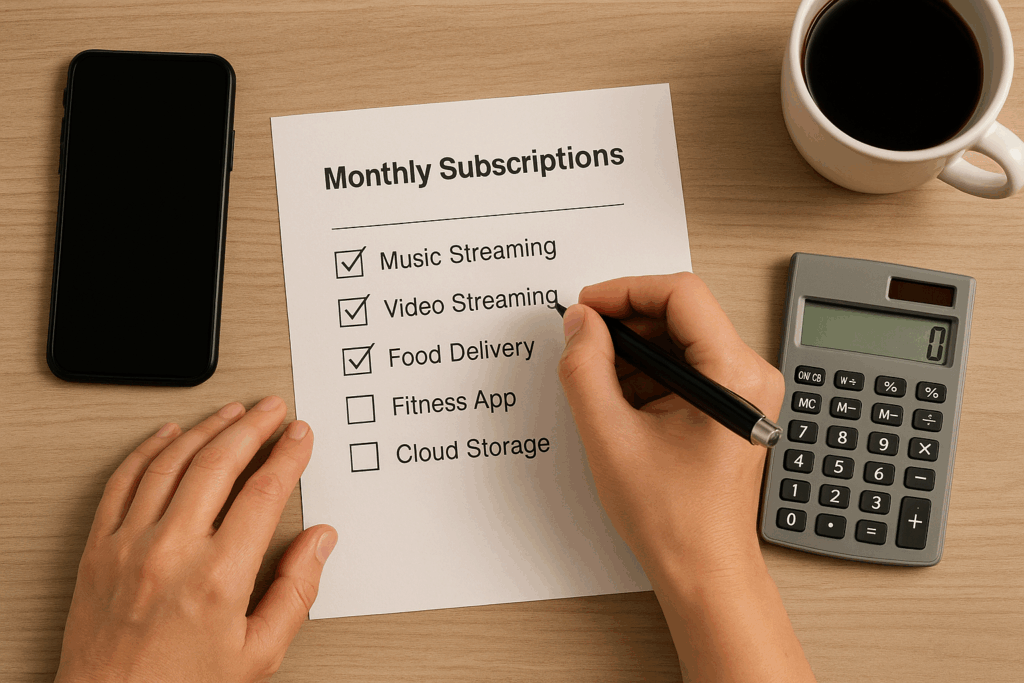It starts with a free trial or a $4.99 monthly deal. Before you know it, your bank statement is a scroll of streaming services, delivery apps, fitness platforms, and digital tools—all auto-renewing, all quietly draining your budget. Subscription creep has become a modern financial blind spot, and it’s costing more than we realize.
The Sneaky Rise of Subscription Creep

The subscription economy has exploded in recent years, transforming how we consume everything from entertainment to groceries. Businesses love the model—it ensures recurring revenue and low customer churn. But for consumers, the danger lies in the low barrier to entry. A $7.99 monthly fee might seem trivial alone, but multiply that by ten or twenty services and you’ve got a budget buster hiding in plain sight. Many users forget they even signed up, especially when trials roll into paid periods with little to no notice.
How to Audit and Trim the Excess

The first step to curbing subscription creep is awareness. Review bank statements, credit card transactions, and app store subscriptions. Group them into categories: essential, nice-to-have, and unnecessary. Are you paying for multiple streaming platforms you barely use? Does your music subscription overlap with a family plan? Cancel what you don’t need and calendar renewal dates to stay alert. Several apps can help automate this process, flagging redundant or unused services and tracking recurring charges.
Smarter Habits for Digital Spending

Once you’ve trimmed the fat, it’s time to set better habits. Consider rotating subscriptions—pause one service while using another. Avoid signing up for anything without setting a reminder before the trial ends. Pay annually if possible; it often saves money and forces a bigger-picture evaluation. Most importantly, adopt a mindset of intentional consumption. Just because it’s convenient doesn’t mean it’s worth the cost—especially when convenience is slowly eroding your financial goals.

